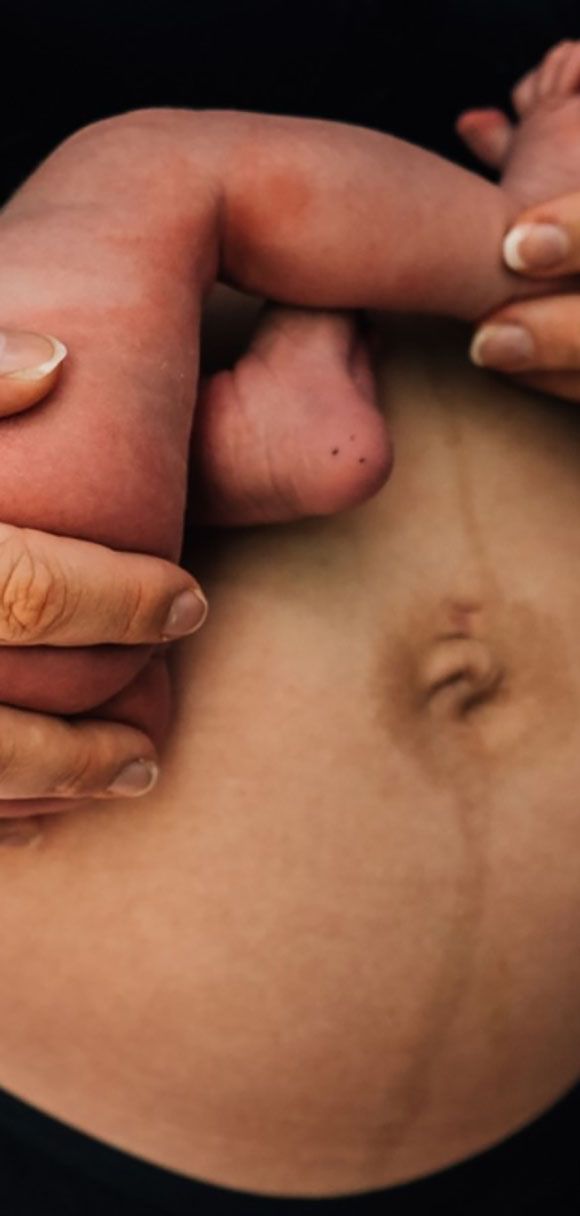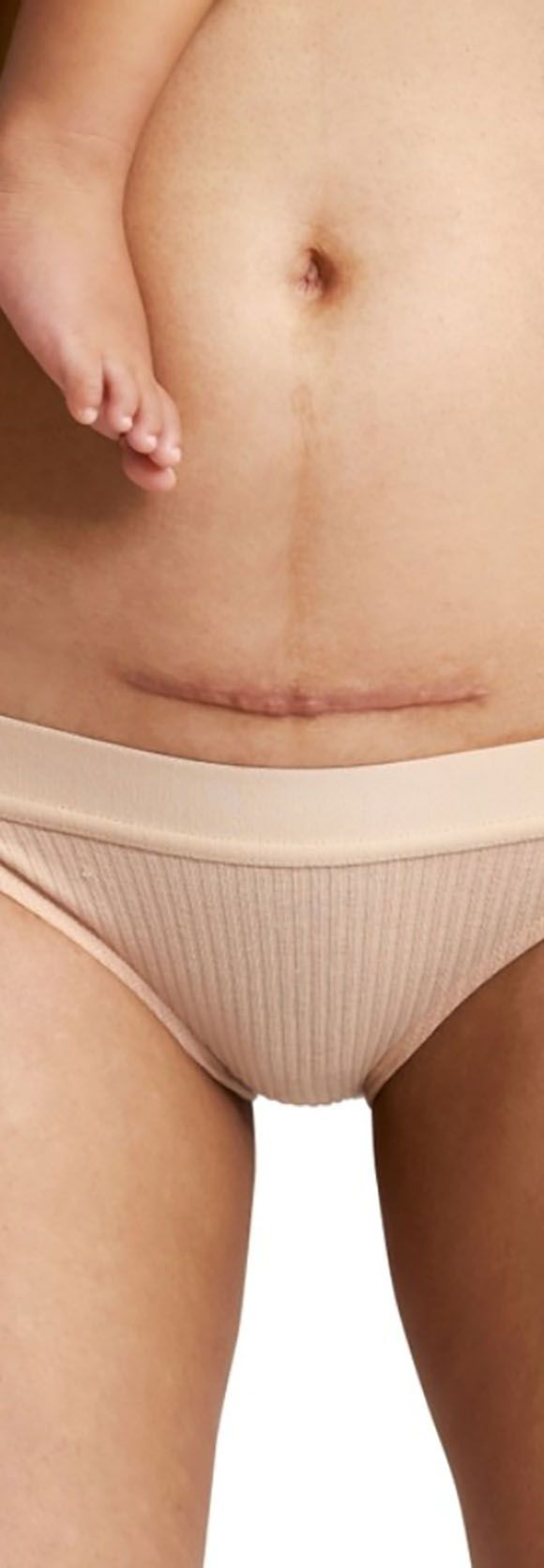Embracing Motherhood with Wellness: Your Guide to the MumFit Programme at Wimbledon Clinic Physiotherapy

Welcoming a new life into the world is an extraordinary journey that brings significant physical changes and challenges. At Wimbledon Clinic Physiotherapy, we understand the unique needs of new mothers. That's why we are excited to introduce our MumFit programme, designed to support and guide you through postpartum recovery and beyond.
Understanding Your Postpartum Body
The National Health Service (NHS) highlights through their website 2024 that "postpartum women often experience weakened lower back and core abdominal muscles. Additionally, ligaments and joints remain more flexible and supple for several months after childbirth, increasing the risk of excessive stretching or twisting injury. It's essential to approach postpartum fitness with care and informed guidance.
The Role of Relaxin Hormones in Increased Risk
Relaxin, a hormone produced during pregnancy, is vital in preparing the body for childbirth. It relaxes the ligaments in the pelvis and softens and widens the cervix. However, its effects can linger postpartum, affecting joint stability and increasing the risk of injury.
Relaxin and Breastfeeding
The duration of relaxin's presence in the body can vary depending on whether a mother is breastfeeding or not:
- Breastfeeding Mothers: Relaxin may stay active longer in breastfeeding mothers due to hormonal interactions. It's crucial for mothers who are breastfeeding to engage in gentle, controlled exercises to avoid injury.
- Non-Breastfeeding Mothers: The levels of relaxin typically decrease more quickly in non-breastfeeding mothers, but joint laxity and the risk of injury can persist for several months postpartum.
Physiotherapy After Vaginal Birth
Following a traditional vaginal birth, a physiotherapist will be vigilant for several conditions:
- Pelvic Floor Dysfunction: Childbirth can weaken the pelvic floor muscles, leading to incontinence or pelvic organ prolapse.
- Diastasis Recti: The abdominal muscles separate during pregnancy and don't return to normal postpartum.
- Lower Back Pain: Due to changes in posture and the strain of carrying and nursing a baby.
Physiotherapy After a C-Section
Cesarean deliveries bring unique challenges:
- C-Section Scar Healing: Monitoring the healing process of the incision to prevent infection or excessive scarring.
- Abdominal Muscle Recovery: Ensuring the abdominal muscles heal correctly and regain strength.
- General Mobility: Addressing issues with mobility and posture affected by the surgery.
How Quickly Can I Go Back to My Activity/Exercise Regime?
For Vaginal Births
In most cases, someone can resume light exercises like walking shortly after a vaginal birth.
What does light exercise mean? Grim your exercise-related discomfort intensity on the scale when walking to be 5/10 max and for the discomfort to be a more low-grade ache that doesn't persist after stopping. sharp pains are often not normal and, if persistent, should be investigated.
It's common for some stitching to give some sharp pains on movement, however, so again, grading is helpful for the practitioner to tell you if these are ok.
However, getting clearance from your healthcare provider before starting any exercise programme is crucial.
For C-Sections: Healing Timeframes and Rehab
C-section recovery is generally more extended due to the nature of the surgery.
Recovery timeframes: THE RULES OF THUMB - MAYBE THE RULES OF TUM IN A C-SECTION CASE.
These timeframes below are healing averages, but infections and mothers with more birthdays than others may extend beyond these timeframes. Depending on body culture going into pregnancy.
- 0-6 Weeks: Focus on gentle movement like walking and pelvic floor exercises. Avoid strenuous activities.
- 6-12 Weeks: Gradually introduce more structured exercises after consulting your physiotherapist.
- Beyond 12 Weeks: Depending on individual healing, you may begin more intensive workouts under physiotherapist guidance.


Starting Rehab Under a Physio
Rehabilitation after a C-section should begin once your doctor/ nurse confirms that your wound has sufficiently healed after a visual inspection. This is usually around the 6-week mark. Your physiotherapist will design a personalised programme that respects your body's limits and promotes gradual strengthening.
Joining the MumFit Programme
Our MumFit programme at Wimbledon Clinic Physiotherapy is tailored to meet the needs of new mothers who aren't in discomfort, whether they've had a vaginal birth or a C-section. Our expert team will guide you through exercises that strengthen your core, improve your posture, and enhance your overall well-being. Having a more conditioned body often makes the physical elements of managing a newborn easier Mumfit is designed to hand-hold your body while it rebuilds within the most stressful and sleepless time going forward.
Why Choose MumFit?
Personalised Care: Tailored exercises that align with your postpartum recovery phase.
Expert Guidance: Our physiotherapists are experienced in postnatal rehabilitation.
Supportive Community: Connect with other mothers sharing a similar journey.
Longer Sessions: These MumFit programme-based sessions are longer than pain physio as there is more body coaching/training physio sessions for smoother healing monitoring.
Embrace this new chapter in your life with confidence and strength. Join us at the Wimbledon Clinic Physiotherapy and embark on a journey to rediscover your body's potential with MumFit.
Wimbledon Clinic Physio Offers Rapid Relief in UK’s Escalating Back and Neck Pain Crisis
Amid the UK’s growing health crisis due to a sharp increase in back and neck problems, Wimbledon Clinic Physio, located in Wimbledon SW19, emerges as a swift and effective solution. This private clinic is an alternative to the overwhelmed NHS system, providing timely and specialised physiotherapy services.
As of 19 January 2024, nearly one million UK residents are unable to work due to back and neck issues, driven mainly by factors like obesity, ageing, and remote work environments. This situation has strained the NHS, leading to long waiting lists and delayed treatments. In contrast, Wimbledon Clinic Physio offers immediate access to physiotherapy, circumventing the extensive wait times associated with NHS services.
The clinic’s approach addresses the urgent need for accessible care highlighted by the rising welfare costs and the increased number of people seeking emergency services for back and neck pain. With the Office for National Statistics (ONS) reporting a rise in individuals suffering from these ailments, the role of private clinics like Wimbledon Clinic Physio becomes crucial.
Wimbledon Clinic Physio’s focus on prompt and tailored treatments can alleviate the burden on the NHS, offering a viable option for those struggling with pain and immobility. This proactive approach not only benefits individual patients but also contributes to alleviating the broader economic impact of the health crisis.
In light of the growing demand and the critical situation outlined by health experts and the Chartered Society of Physiotherapy, Wimbledon Clinic Physio represents a crucial part of the solution, providing immediate relief in a healthcare landscape challenged by increasing needs and limited resources.